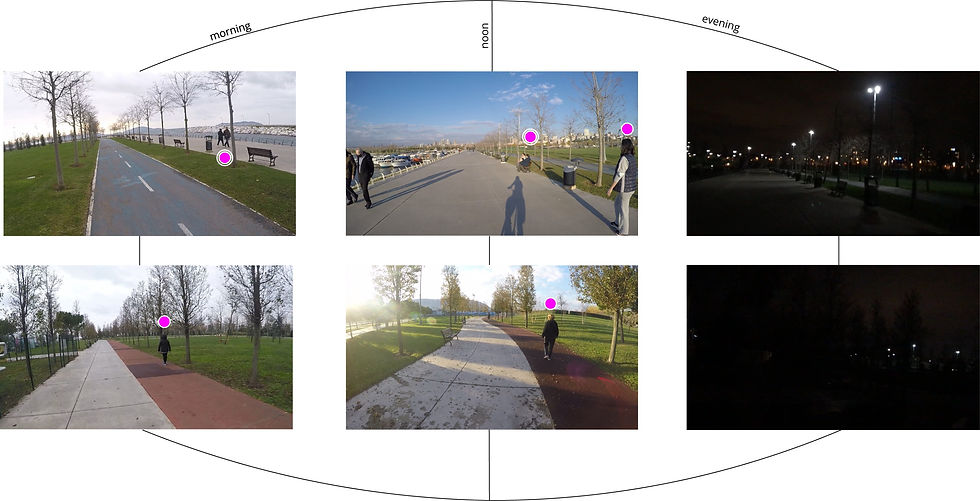top of page


Comparison of Daytime Use

Mapping of Density

1/3
What we know about gender inequality in public spaces is limited. In the urban context, public spaces including parks are supposedly designed for everybody: elderly, women, men, children... However, in reality, there are so many unconsidered states in the design of these spaces due to perceiving the space from a limited or male-dominant perspective. This research aims to go further on that issue and criticize why women have no better experience than feeling unsupported, insecure, and excluded in a public park which supposedly is created for feeling mentally and physically good for every visitor. At that point, the human-centered way of designing a park will be discussed through this context and necessary research elements for this methodology tried to apply in a pilot study. Therefore, the research contains studying a single park and its female visitors by hearing their needs, obstacles and feelings about the park directly from them. It is believed that analyzing the research data will benefit the interpretation of the inclusivity performance of that park, and it is hoped that this methodology will lead to the incorporation of the human-centered approach in the design of parks into urban planning strategies.

As introduced above, this research includes a case study in a city park called "Maltepe Orhangazi City Park" with women from different demographics to understand the performance of this park regarding women's feelings of involvement. An observation study has been conducted to determine the female user profile in this particular park and female user rates have been established. The documentation of their activities on a mapping study has been benefited for a better consideration of this research group. Further, the second data collection method appears as a survey study: semi-structured face-to-face interviews with specifically determined user profiles -solo visitors- and an online questionnaire. By figuring out the park's feeling of safety and belonging, the results are expected to show how this park invites or rejects female participation in various ways.
bottom of page